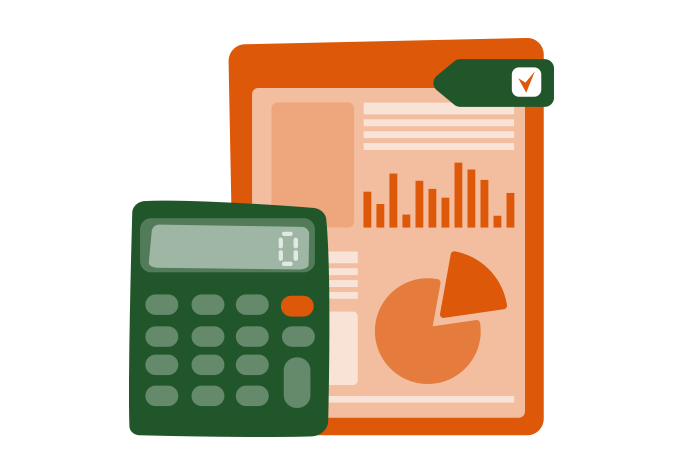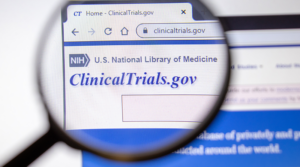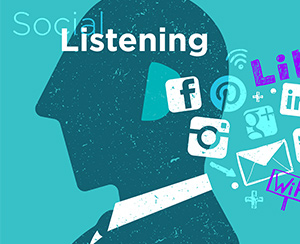




Welcome to Actulligence, your expert partner in strategic and competitive monitoring systems. At Actulligence, we consider each of our clients unique.
We conduct an in-depth analysis of your monitoring requirements so that we can offer you the solution most perfectly suited to your company.
We are delighted to announce that Actulligence has officially joined the Pacte PME, an initiative designed to support and promote the development of small and medium-sized enterprises. This pact is designed to foster innovation, competitiveness and job creation, while integrating commitments to a sustainable and responsible economy.
As part of this approach, we are also proud to join the Decarbonation Alliance, a collective of companies committed to reducing their carbon footprint. This commitment reflects our desire to make an active contribution to the energy transition and to meet today’s environmental challenges.
Stay tuned to follow our progress and actions in this field!






